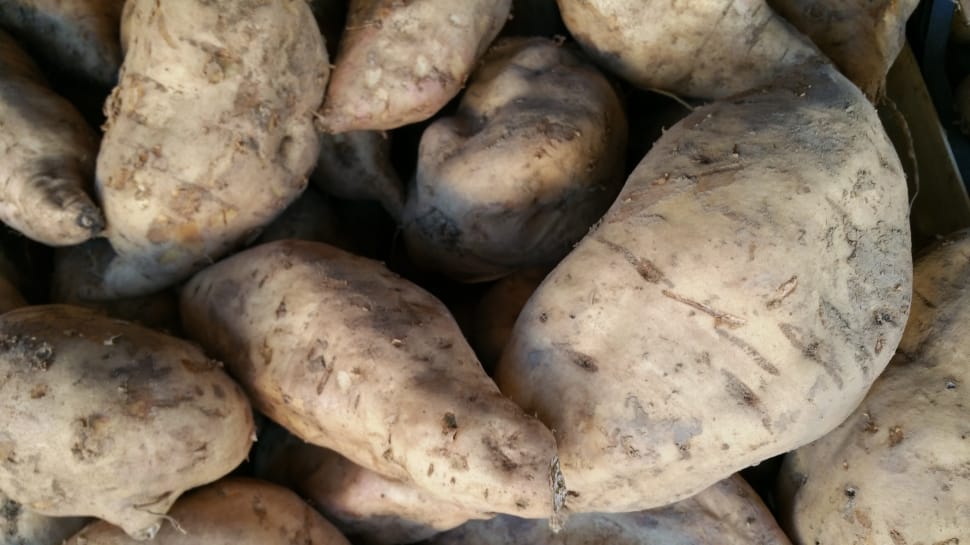
Pasta is much lighter and, under Italian law, can only be made with durum wheat. Regular pasta is higher in protein than rice noodles.

Rice noodles and regular pasta are similar in calorie and fat content. Noodles can be added to soups and casseroles while pasta can be made a complete meal with addition of a few vegetables. Nutritional Differences in Rice Noodles vs. They can be cooked in water or broth and drained, can be served with salad chilled, can be fried and also served soaked in soup. According to the standards published by the National Pasta Association, noodles must contain at least 5.5 egg solids by weight. Noodles can be cooked in a variety of ways. Dried pasta is made without eggs and can be stored for two years, while fresh pasta is made with eggs and can be stored in a refrigerator for a couple of days. Even though whole grain pasta and noodles tend to be healthier for you than the kind made with processed flour, both options provide a decent amount of.

Pasta is predominantly of two types: fresh and dried. Thus you have noodles made from wheat, rice, acorn, potato, buckwheat, etc. Noodles are classified based on the primary ingredient used in making them. Gnocchi and spatzle are also considered pastas. Pasta also occurs in many shapes with specific names, like spaghetti and macaroni for thin rod shapes, tubes, or cylinders or lasagna for sheets and fusilli for swirls, etc. Noodles exist in many shapes but are commonly found in thin rod shapes. This is why marathon runners often eat a bowl of noodles or pasta the night before the race. Noodles and pasta have high complex carbohydrates so they release energy over a period of time instead of a sudden boost. Winner: Brown riceĪll of these fit in a healthy diet, and variety is important, but brown rice wins as a ‘go to’ carb.A kid enjoying spaghetti pasta Nutritional value of pasta vs noodles Despite providing higher calories, rice has a higher carbohydrate content than pasta per cup. Unlike rice, pasta has one gram of fat per serving (without the sauce), while rice doesn’t have any fat in it. White rice delivers more zinc than the others, but has much smaller amounts of other nutrients. A single cup of cooked pasta provides 221 calories, while one cup of cooked white rice will provide 205 calories, average. Regular pasta also has ten times more thiamin and riboflavin, eight times more iron, and twice as much niacin as rice noodles (via Rigatoni and Things ). Orzo is a good source of thiamin and niacin, also providing some B6, folate, iron and zinc. The difference is truly noticeable when you compare folic acid, aka folate pasta delivers 83 micrograms of folate per serving, while rice noodles have 3 micrograms. Regular pasta also contains 4 more grams of protein than rice noodles, as well as higher counts of some nutrients like iron and folic acid, since most dry pastas are enriched. Rice noodles have 103 milligrams of sodium per serving, while pasta only has 3 milligrams.

Vitamins and mineralsīrown rice is a good source of thiamin, riboflavin, niacin and B6, as well as delivering smaller amounts of iron, zinc and selenium. The biggest difference is the sodium content. When cooled, orzo, like all pasta, produces resistant starch, an important type of fibre. Brown rice provides nearly twice the fibre of white rice. These have a similar carbohydrate content but orzo delivers twice the protein of brown rice and a few more kilojoules. As white rice is not as dense, these serves deliver a similar weight of food. We compared a 2/3 cup serve of cooked orzo, 2/3 cup of cooked brown rice and 1 cup of cooked white basmati rice. Orzo (it’s also called risoni) is small rice-shaped pasta which can be used in many recipes instead of rice.

Healthy Food Guide examines which carb is more nutritionally dense: orzo, white rice or brown rice.


 0 kommentar(er)
0 kommentar(er)
